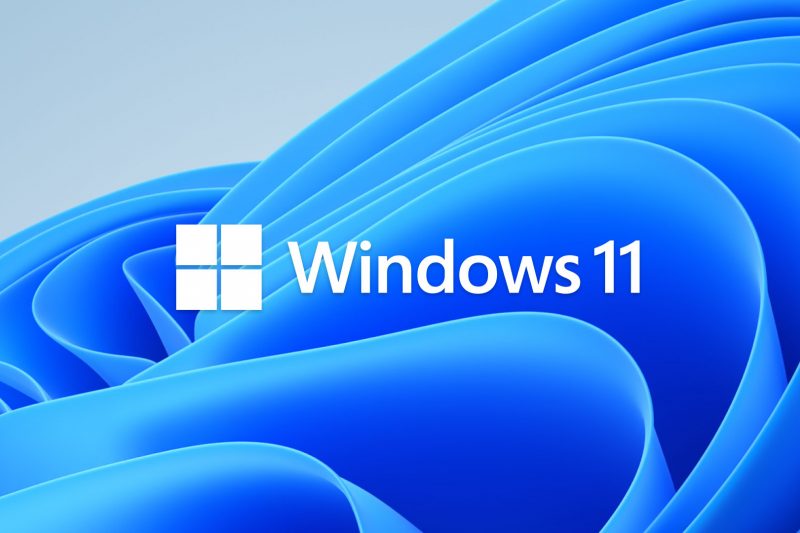Is It Time to Upgrade from Windows 10 to Windows 11
If you’re currently using Windows 10, you might be thinking about whether upgrading to Windows 11 is a good idea. As the latest version of Microsoft’s operating system, Windows 11 introduces several new features, and many users have already made the switch. But is it right for you?
In this article, we’ll dive into the key differences between Windows 10 and Windows 11, the benefits of upgrading, potential downsides, and how you can smoothly transition to the new OS.
What’s New in Windows 11?
Windows 11 is Microsoft’s latest operating system, designed to improve productivity and provide a more streamlined, user-friendly experience. With a clean, modern design, it’s built to inspire creativity and enhance day-to-day tasks. The interface has been revamped to make it more intuitive, and it introduces several new features that aim to make your computer easier and more enjoyable to use.
Key Differences Between Windows 10 and Windows 11
At first glance, Windows 11 might look like a visual upgrade to Windows 10. But upon closer inspection, you’ll notice a variety of new features and improvements. Here are the main differences:
1. Start Menu and Taskbar Overhaul
The Start Menu and Taskbar have been given a makeover in Windows 11. Gone are the live tiles of Windows 10, replaced with a more simplified and organized Start Menu that shows your apps and most-used files.
The Taskbar has also seen changes. The search bar is now an icon, Cortana is no longer built-in, and there’s a new shortcut to Microsoft Teams for quick access. You can even remove it if you don’t need it. Additionally, the weather widget has been repositioned to the left side of the Taskbar, along with easy access to the latest news, sports, and other updates.
2. Updated Design and Visuals
Windows 11 brings a significant visual refresh compared to Windows 10. The Taskbar and Start Menu are centered by default, giving the OS a more modern and polished look similar to macOS. However, if you prefer, you can move them back to the left, as in previous versions.
There are also new icons, rounded window corners, and exclusive Fluent Emojis, making the overall interface feel more refined. Features like live captions for browsers and a Focus mode for minimizing distractions during work are now part of the package.
In addition, the File Explorer has been revamped, now featuring tabs for easier navigation, along with integrated access to Microsoft Services and OneDrive.
3. Enhanced Multitasking with Snap Layouts
Multitasking just got easier in Windows 11, thanks to Snap Layouts. This feature allows you to organize open windows into custom layouts and save them to the Taskbar. Although this feature existed in Windows 10, Windows 11 takes it a step further with more layout options and easier access, making it more efficient for productivity.
4. Improved Gaming Experience
Windows 11 is designed with gamers in mind, bringing several new features that enhance gaming performance. Improvements like Direct Storage and Auto HDR help optimize load times and graphics quality, particularly in windowed mode. The aim is to turn Windows 11 into a gaming powerhouse by addressing common issues and improving performance for multi-monitor setups.
5. Faster and More Efficient Performance
One of the most noticeable upgrades in Windows 11 is speed. Users report that the OS is generally faster and more responsive compared to Windows 10. Windows 11 handles memory management better by prioritizing the apps you’re actively using, which leads to smoother performance. Additionally, it wakes from sleep mode up to 25% faster than Windows 10, making it a snappier overall experience.
6. Tablet Mode Adjustments
Tablet users will notice some changes, too. Windows 11 doesn’t include the full-screen Start Menu from Windows 10’s tablet mode. Instead, it offers an experience more akin to an iPad, making it easier to navigate with touch gestures.
7. Voice Navigation Capabilities
With Windows 11, you can now navigate the operating system using your voice. This feature allows you to control the mouse and keyboard with voice commands, as well as launch apps without the need for physical interaction, making it a handy accessibility tool.
Are There Any Downsides to Upgrading to Windows 11?
While Windows 11 brings many improvements, it’s not without its challenges. Here are a few potential downsides to consider:
- Higher System Requirements: One of the biggest concerns with Windows 11 is its more stringent hardware requirements. Many older computers that run Windows 10 won’t be able to support Windows 11, which may require users to upgrade their hardware.
- Compatibility Issues: As with any new operating system, there could be compatibility problems with older hardware and software. This might cause minor inconveniences or, in some cases, more significant issues depending on the applications or peripherals you rely on.
- Reduced Customization Options: Some users may find that Windows 11 offers fewer options for customization compared to previous versions. This may be disappointing for those who like to personalize their user interface extensively.
- Learning Curve: The redesigned interface, new features, and different layout can take some time to get used to, especially for those who have been using Windows 10 for a long time. However, once acclimated, most users find the new design more intuitive.
How to Upgrade to Windows 11
Microsoft has set the end-of-support date for Windows 10 to October 14, 2025. If you want to ensure your system continues to receive security updates and new features, you’ll need to upgrade to Windows 11. Here’s how to do it:
- Open Settings.
- Select Update & Security.
- Choose Windows Update.
- If Windows 11 is available, select Download and Install.
- Once downloaded, click Restart Now.
After your computer restarts, it will be running Windows 11, and you’ll have access to its latest features and improvements.
